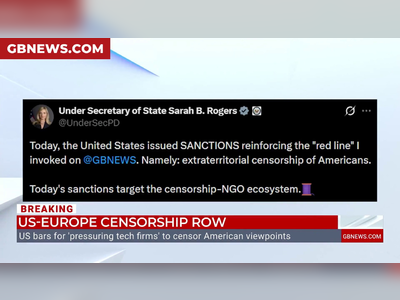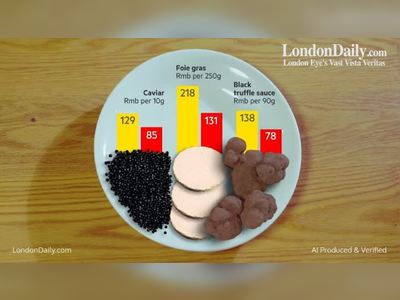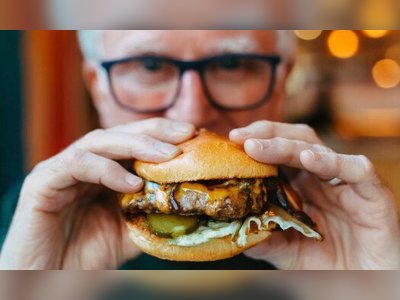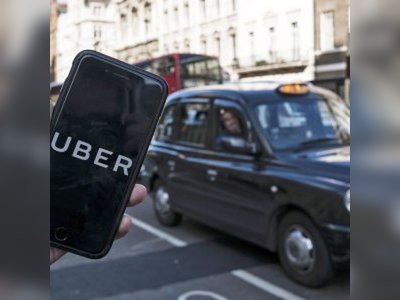
Put warning labels on our food packages - BVI Cancer Society boss
These warning labels are specifically for packaged foods containing high levels of sodium, fat or sugar, and the President of BVI’s Cancer Society, Gloria Fahie, has weighed in on the debate.
“I support implementing a policy where foods we import are labelled, no matter where they come from, once it has too much salt and sugar content,” Fahie told BVI News in a recent interview.
“It’s a very good idea because we know that sugar and salt in processed food affect you in one way or the other when it comes to cancer. If we have to put a label to warn people, I agree with it,” she said.
“We are consuming too much food with preservatives and additives and they are killing us and causing cancerous growths,” the Cancer Society President added.
Fahie also looked at the possible impact CARICOM’s decision could have on the food consumption of children. She noted children unknowingly consume foods that do not provide a lot of nutritional value and this causes problems in their growth and development. Therefore, she thinks the government needs to take a closer look at the health situation of the nation.
Meanwhile, the Pan American Health Organization (PAHO) has shown support for the proposal by CARICOM Regional Organisation for Standards and Quality (CROSQ) to have these large octagonal warning labels on the front of food products.
The organization said it has shown that people make healthier and more informed decisions when they are presented with the facts. The labelling would assist consumers in identifying foods that have excessive fats, sugar and salt. These have all been linked to a non-communicable disease that affects the Caribbean.
Back in 2020, University of Technology in Jamaica conducted a study that highlighted almost 40 percent of the most commonly consumed foods contained more fat, sugar and sodium than the recommended level.
Type of labelling
While the debate surrounds labelling the packages, there is another debate around the types of labelling. Many manufacturers think the United Kingdom’s traffic light labelling is ideal and more palatable for consumers.
The traffic light labelling is where the package would have an area with the nutritional value on a red, amber and green background. However, most government officials are in favour of the black octagon model which sees a black octagon being broadly printed on the package.
Fahie said she would be in favour of the black octagon as it is bolder and usually black symbolizes danger.
“I do not agree with the different colours because people will pick up that canned food and not know what the symbols are,” she said.
The BVI would be affected by the outcome of CARICOM decision as it is an affiliate state and the territory imports food products from CARICOM member states.










